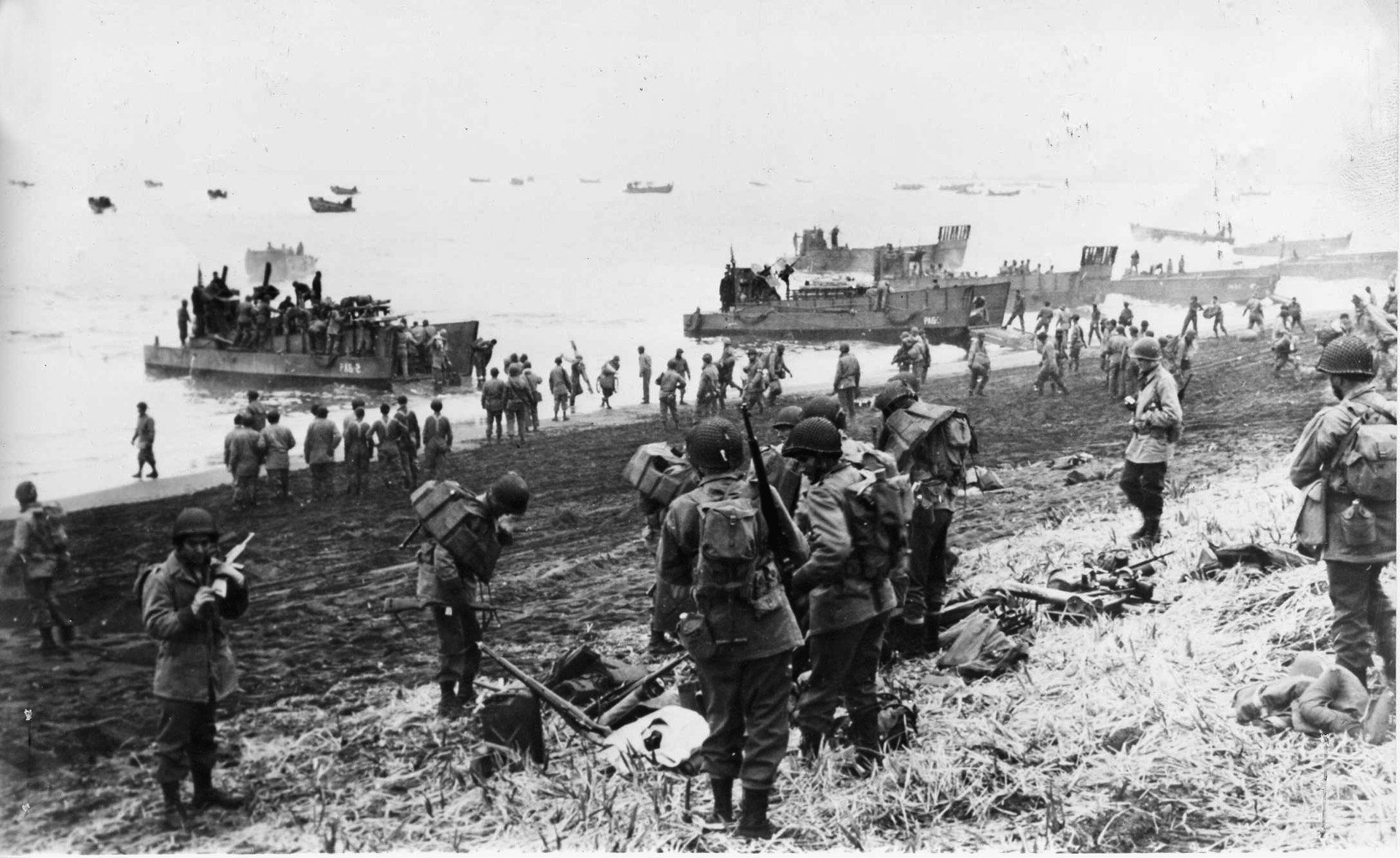When Dave Berke was a kid, he imagined himself flying an F-18 off an aircraft carrier.By the time he retired as a US Marine officer in 2016, he had not only done that, but he’d also flown an F-16, F-22, and F-35, taught at the elite Top Gun fighter pilot school, and served a year on the ground alongside Navy SEALs in the 2006 Battle of Ramadi as a forward air controller.Today, he’s a member of Echelon Front, a leadership consulting firm started by two of those SEALs, Task Unit Bruiser commander Jocko Willink and one of his platoon commanders, Leif Babin.Berke has spent the past year sharing lessons from his 23-year military career, and we asked him what insights were at the heart of his leadership philosophy. He shared with us two lessons he learned as a teenager, long before he ever saw combat.
[caption id="attachment_75304" align="aligncenter" width="1200"]

Photo by Staff Sgt. Christine Polvorosa[/caption]They’re lessons he said became not only the foundation of his service, but his entire life, and they’re ones he’s had reinforced repeatedly.
Set specific goals and develop detailed paths to them.
Berke’s mom Arlene had become used to hearing her young son talk about how he wished he could fly fighter jets one day.She told him that he needed to understand that the role of a fighter pilot was a real job, one that existed outside of his daydreams. Berke said her message boiled down to: “You could sit there and think about wanting to be a pilot. By the time you’re 25 somebody will be doing that job. Spend less time fantasizing about it, spend less time dreaming about it, and spend more time coming up with a plan.”Berke took it to heart, and in retrospect, probably took his mom’s advice even more intensely than she had intended. By 15 he knew that his goal was to fly F-18s off aircraft carriers and be stationed in Southern California. He wouldn’t go the more traditional Navy route, either, but would join the Marines and become an officer.
[caption id="attachment_75306" align="aligncenter" width="1200"]

Photo by Staff Sgt. Christine Polvorosa[/caption]
The Marines have fewer pilots, but even their pilots go through the same training as all other Marines. He wanted the best of both worlds, and to have his goal be as challenging as possible.He accepted that he might not make this a reality, but decided he would act as though there was no alternative.At 17, he met with a recruiting officer to nail down everything he needed to do to make his vision a reality, giving him a year to think about the resulting timeline before signing up for the Marine Corps.“It keeps you disciplined because the risk of not doing all the things you need to do is failure,” he said about this timeline approach. “It’s a failure that you have nobody else to blame but yourself.”
[caption id="attachment_75309" align="aligncenter" width="1200"]

USMC photo by Lance Cpl. Patrick J. McMahon[/caption]
Mental toughness is more important than abilities.
Berke said that he’s never been the biggest or strongest guy among his friends in the military, and as an 18-year-old, he was thin and average height.He arrived at the Marine Corps Base Quantico for officer candidate school scared and intimidated. “I looked around and everybody else around me looked bigger, tougher, stronger, faster, and seemed to be more qualified than me to do that job,” he said.But as the days went by, he would be surprised to see some of his fellow candidates break under pressure. A guy next to him that he knew was naturally a better athlete than he was wouldn’t be able to keep up in fitness trials, but it was because he didn’t share the drive that Berke had developed for years.“As they started to fail, I started to realize that the difference between success and failure was mental toughness,” he said.More from We Are The Mighty:This is why some sailors wear gold stripes, and some wear redWatch this Spirit decimate an airfield with 80 JDAMsThis bomber made the B-52 look punyRead more military articles here.



%201.svg)









